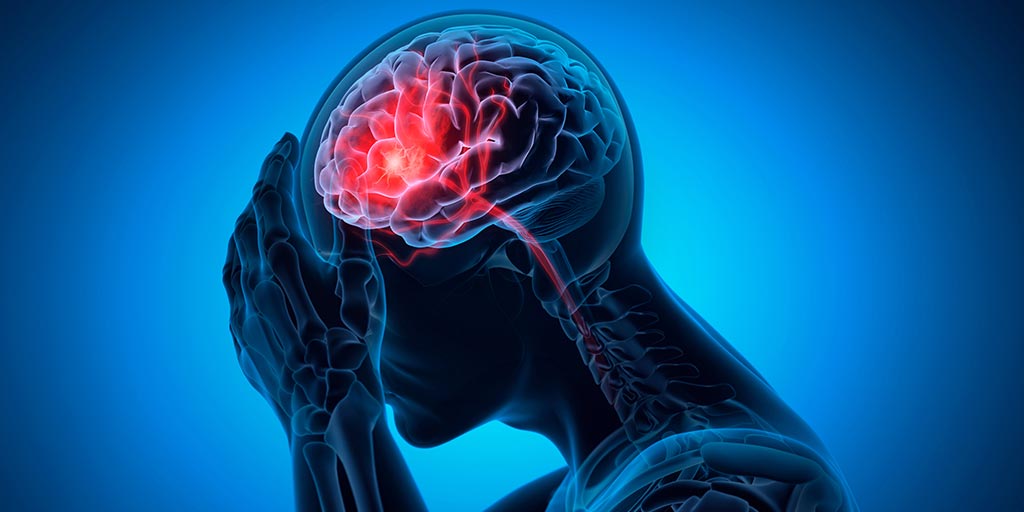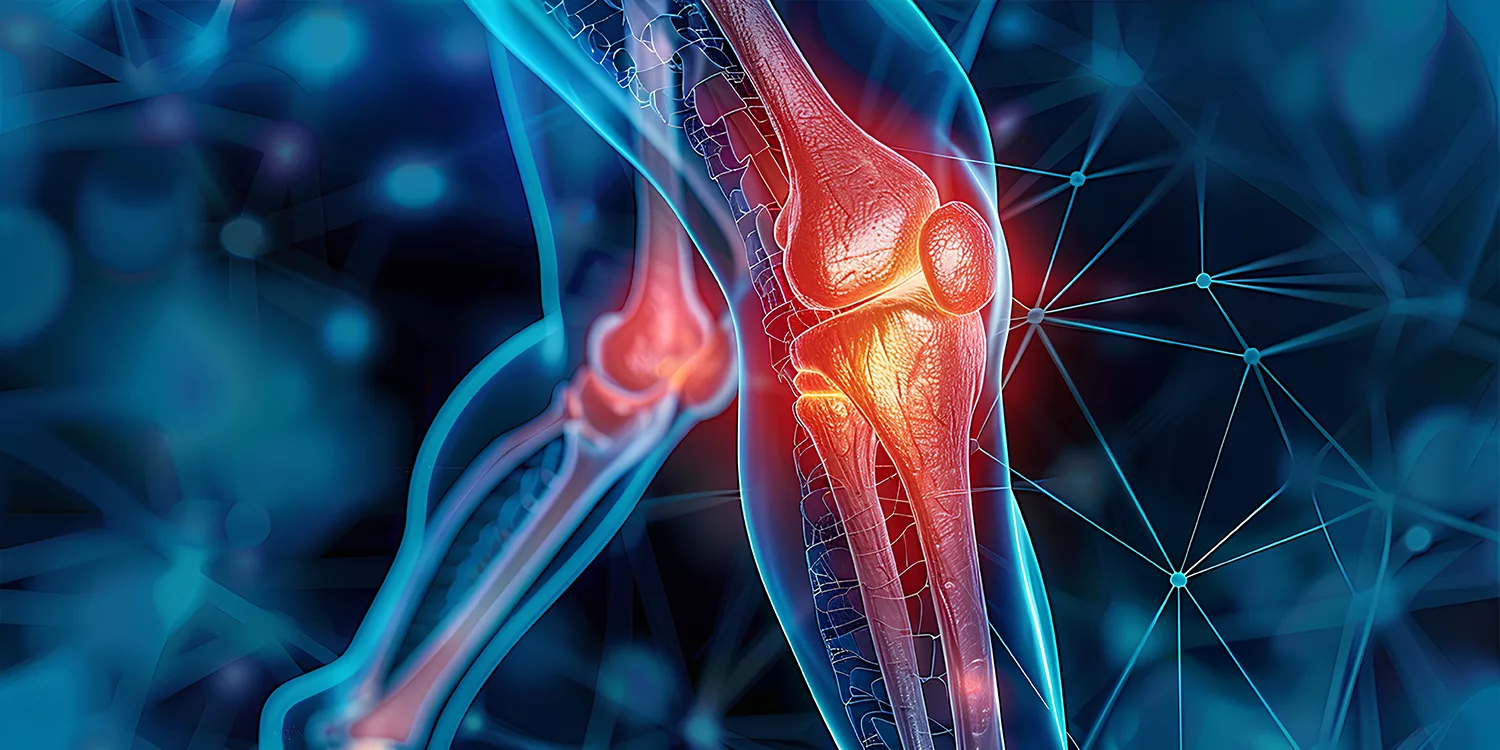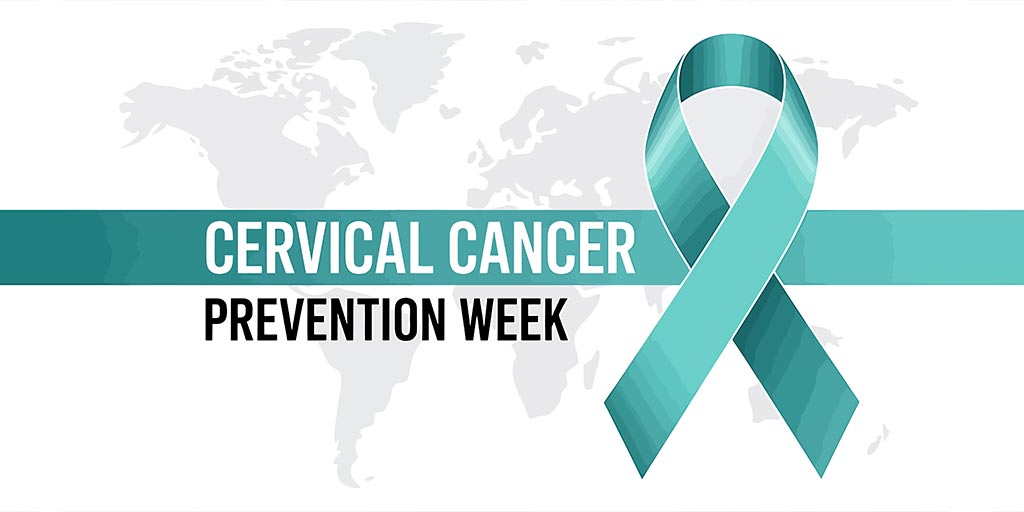Ovarian cysts are fluid-filled sacs that develop on or near the ovaries. While many cysts are harmless and resolve on their own, others can cause symptoms such as pain, bloating, or menstrual irregularities. In some cases, they may require medical or surgical intervention depending upon their size, type, and associated risk factors. At Graphic Era Hospital, the Department of Obstetrics & Gynaecology provides comprehensive care for all types of ovarian cysts. Our specialists use advanced imaging, hormonal evaluation, and minimally invasive surgical techniques to ensure accurate diagnosis and personalised treatment.
When to Seek Ovarian Cyst Screening and Consultation?
Many ovarian cysts remain unnoticed, but some may produce symptoms that should not be ignored. Early screening and consultation with a gynaecologist can help detect cysts before complications arise. Watch for the following signs:
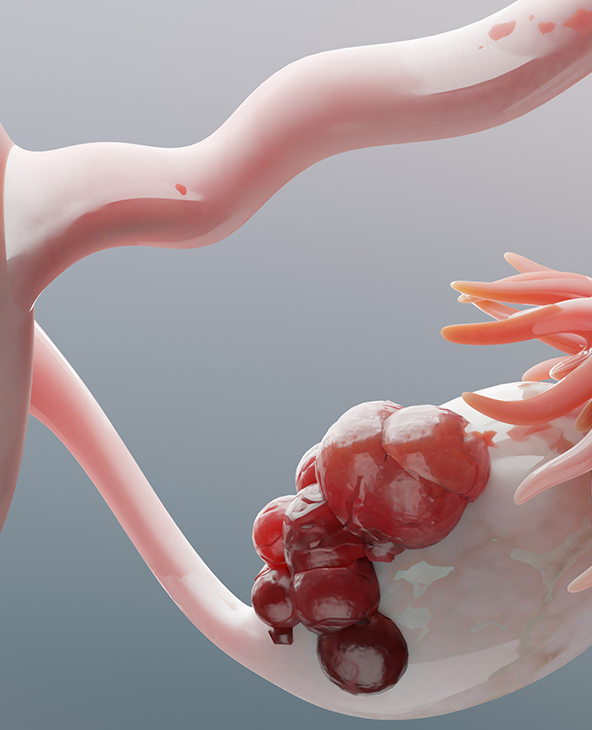
- Pelvic pain or a dull ache in the lower abdomen
- Abdominal bloating or a feeling of fullness
- Irregular or unusually painful menstrual periods
- Pain during or after intercourse
- Increased frequency of urination or difficulty emptying the bladder
- Nausea or vomiting, particularly if the cyst ruptures or twists
- Unexplained weight changes or hormonal imbalance
- Sudden sharp abdominal pain (could indicate torsion or rupture)
- Localised tenderness or swelling in the lower abdomen
- Difficulty getting pregnant
Things to Know Before Starting Ovarian Cyst Treatment
Understanding the nature of ovarian cysts and available treatment options is essential for making informed decisions. Here are important points to consider before starting treatment:- Many ovarian cysts are benign and may resolve without intervention
- An ultrasound is crucial to determine the size, type, and structure of the cyst
- Treatment depends on symptoms, cyst size, age, and fertility goals
- Simple ovarian cysts are often managed conservatively with observation
- Hormonal therapy may help reduce the formation of new cysts
- Large, painful, or persistent cysts may require surgical removal
- Some cysts, such as para ovarian cysts, develop near the ovary and may need specialised care
- Left or right ovarian cysts are managed similarly, depending on presentation
- Fertility planning should be discussed before surgical options are considered
- Follow-up imaging is essential to track changes and avoid complications
Ovarian Cyst Treatments Available at Graphic Era Hospital
At Graphic Era Hospital, ovarian cyst treatment is tailored to each patient’s needs, based on the type, size, and symptoms of the cyst, as well as the individual's age and reproductive plans. We offer both conservative and surgical options, supported by precise diagnostics and specialist care. Treatment options, for ovarian cyst, available at Graphic Era Hospital include:
- Ovarian Cyst Ultrasound and Evaluation: High-resolution transvaginal and abdominal ultrasounds are used to assess the size, structure, and nature of the cyst, helping guide treatment decisions.
- Watchful Waiting: For small, simple cysts that are not causing symptoms, regular follow-ups may be advised to monitor for changes without immediate intervention.
- Hormonal Therapy: Birth control pills may be prescribed to regulate the menstrual cycle and reduce the likelihood of new cyst formation in certain patients.
- Ovarian Cystectomy: Surgical removal of the cyst while preserving the ovary - recommended for persistent, symptomatic, or complex cysts.
- Minimally Invasive Laparoscopic Surgery: Offers quicker recovery and minimal scarring, especially effective for cystectomy or treatment of para ovarian and endometriotic cysts.
- Total Laparoscopic Hysterectomy (TLH): Considered for recurrent or complex cysts in women who no longer wish to conceive, or when associated conditions such as fibroids or endometriosis are present.
- Oncology Coordination: For cysts that appear solid, irregular, or are associated with elevated tumour markers, our gynaecology team coordinates timely referrals to the Department of Oncology for further evaluation and care.
Why Choose Graphic Era Hospital for Ovarian Cyst Treatment?
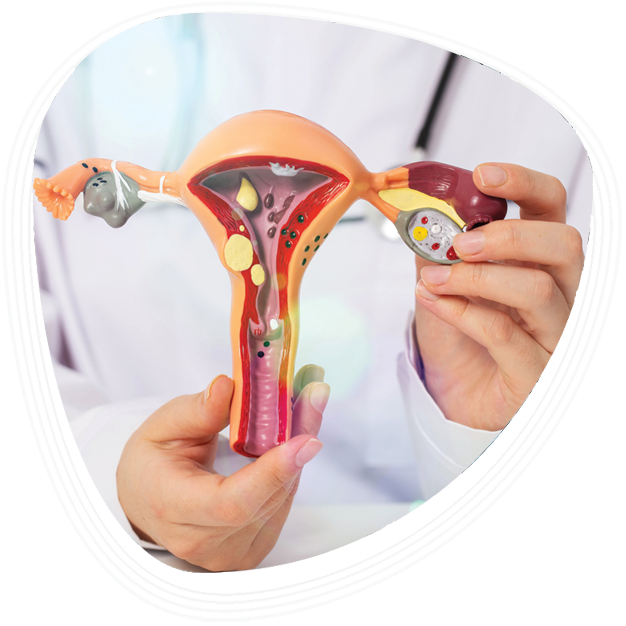
Understanding Ovarian Cysts: Types and Risk Factors
Ovarian cysts vary in type, cause, and severity. While many are functional and harmless, some may require medical attention depending on their characteristics and associated symptoms. Understanding these differences helps guide accurate diagnosis and treatment.
Common Types of Ovarian Cysts
- Functional Cysts: The most common type, developing as part of the menstrual cycle (e.g. follicular or corpus luteum cysts). Often resolve on their own.
- Para Ovarian Cysts: Arise from tissues near the ovary, not within it. Usually benign but may grow and cause symptoms.
- Dermoid Cysts: Contain tissue like hair or fat; typically benign but may require removal.
- Endometriomas: Linked to endometriosis and formed from endometrial tissue outside the uterus.
- Cystadenomas: Fluid-filled and sometimes large; may be simple or complex depending on contents.
Risk Factors and Causes
- Hormonal imbalances, particularly related to ovulation
- Polycystic ovary syndrome (PCOS)
- Endometriosis
- Pregnancy (some cysts develop during early pregnancy)
- History of previous ovarian cysts
- Family history of ovarian or reproductive health conditions
- Rarely, certain types may be associated with malignancy
Top Ovarian Cyst Treatments Available at Graphic Era Hospital
Graphic Era Hospital offers a wide range of treatment options for managing ovarian cysts, using both medical and surgical approaches. Key treatments include:
- Ovarian cyst ultrasound for diagnosis and monitoring
- Hormonal therapy to regulate menstrual cycles and prevent recurrence
- Watchful waiting for functional or asymptomatic cysts
- Laparoscopic cystectomy for removal of symptomatic or persistent cysts
- Total Laparoscopic Hysterectomy (TLH) for complex or recurrent cases
- Referral to oncology for evaluation of suspicious or complex cysts
Top Procedures
- Hysterectomy (Laparoscopic & Open Surgery)
- Laparoscopic Ovarian Cystectomy
- Myomectomy
- Endometriosis Surgery
- Cervical Cerclage
- Hysteroscopy
- Dilation and Curettage (D&C)
- Colposcopy & Cervical Biopsy
- Tubal Ligation (Sterilization Surgery)
- Pelvic Organ Prolapse Repair
- Uterine Polypectomy
- Bartholin Cyst Removal
Blog
Frequently Asked Questions
What are the common symptoms of an ovarian cyst?
Common ovarian cyst symptoms include pelvic pain, bloating, irregular periods, pain during intercourse, and pressure in the lower abdomen. Some cysts may not cause any symptoms and are found during routine ultrasounds.
What is the reason for an ovarian cyst forming?
Ovarian cysts often form due to hormonal fluctuations during the menstrual cycle. Other causes include conditions like endometriosis, pregnancy, or underlying disorders such as polycystic ovary syndrome (PCOS).
How is a para ovarian cyst different from other ovarian cysts?
A para ovarian cyst develops near the ovary but is not attached to it. Unlike functional cysts, it arises from tissues around the ovary and may require surgical removal if symptomatic or large in size.
At what ovarian cyst size is treatment usually recommended?
Treatment may be considered for cysts larger than 5 cm, especially if they cause discomfort or show complex features on imaging. However, decision-making also depends on the type and whether the cyst is simple or suspicious.
Does the location of an ovarian cyst, such as on the left ovary, affect how it is treated?
The treatment approach is generally not influenced by whether the cyst is on the left or right ovary. Management depends on the cyst’s type, size, appearance on ultrasound, and associated symptoms. However, location may be considered if the cyst is causing pressure on surrounding organs or affecting fertility.
